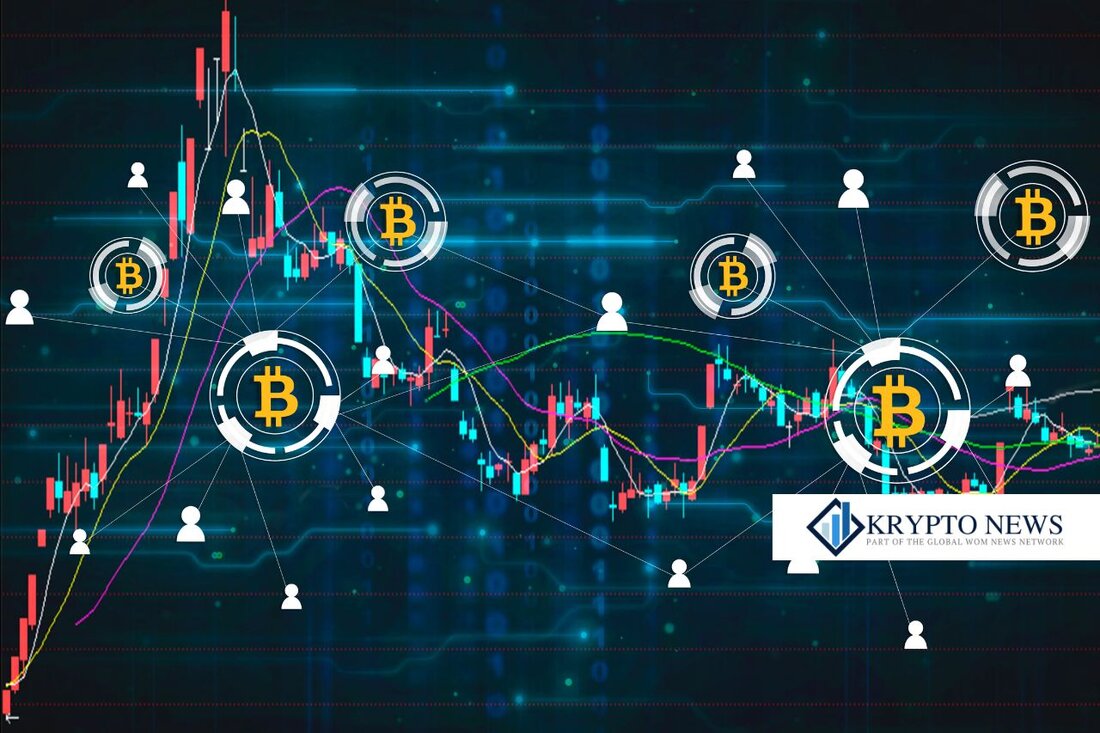Tokenization 2025: The future of assets is digital!
Learn how the tokenization of physical assets will advance in 2025 and which technologies will play a role.

Tokenization 2025: The future of assets is digital!
With increasing attention to blockchain technology and the possibilities of tokenization, the crypto world appears to be at a crucial turning point. The tokenization of real world assets (RWAs), i.e. physical assets such as real estate or stocks, represents a central trend. This development makes it possible to convert such assets into digital tokens, opening up new perspectives in the investment field. Loud Business Insider A fundamental change is coming, which is supported by a few key factors.
A key advantage of tokenization is the lower entry costs compared to traditional direct purchases of assets. Blockchain technology also ensures transparency, security and easy transferability of the tokens. Although a number of pilot projects have been launched in recent years, there has been no major breakthrough so far. However, analysts see potential for a comeback and name five reasons that could promote market growth by 2025.
Reasons for the growth of tokenization
- Technische Bereitschaft der Blockchains: Fortschrittliche Blockchains, sowohl im Layer-1 als auch im Layer-2-Bereich, ermöglichen schnelle und kostengünstige Transaktionen.
- Leistungsfähigkeit von Smart Contracts: Diese Technologie ermöglicht die Automatisierung komplexer Prozesse wie Zinszahlungen und Eigentumsübertragungen.
- On-Chain-Identitäten: Dezentrale Identitätslösungen bieten eine sichere Verknüpfung zwischen realen Identitäten und Wallets.
- Verwahrungslösungen: Durch Multi-Party Computation (MPC) können Vermögenswerte sicher verwahrt werden, ohne dass ein einzelner Schwachpunkt entsteht.
- Hybride Märkte: Tokenisierte Vermögenswerte werden vermehrt auf regulierten Handelsplätzen gehandelt, was die Liquidität und regulatorische Sicherheit steigert.
Analysts at TokenFi have noted that the tokenization movement has moved past the “proof of concept” phase and institutions are increasingly asking how quickly they can tokenize. While Bitcoin is recognized as a digital store of value, limitations for complex applications are emerging. Layer 2 solutions like Bitcoin Hyper are working to extend this functionality to enable tokenization of RWAs.
Bitcoin Hyper connects Bitcoin with the Solana Virtual Machine (SVM) to power smart contracts and decentralized applications. This is done in a modular architectural approach that supports both scalability and future upgrades. A targeted DAO structure should help decentralize governance. In addition to the investment opportunities, early participation in Bitcoin Hyper is also seen as profitable in the long term, especially with the capital raising campaign currently underway, which is raising around $2 million.
Utility NFTs and their relevance
Another innovative area in the blockchain sector is utility NFTs. Vountain highlights that customers expect real utility from NFTs and not just speculative trading objects. These utility NFTs are critical to mass adoption and innovation in the Web3 space, creating new use cases that extend beyond digital art and collectibles.
Application areas for utility NFTs include decentralized applications, real assets, data security, transparency and authenticity. Utility NFTs are also playing an increasingly important role in the areas of games, marketplaces and services that affect ownership, identity and tradability. The combination of these diverse uses shows the potential of tokenization and utility NFTs for the future landscape of digital trading and investment.

 Suche
Suche
 Mein Konto
Mein Konto
